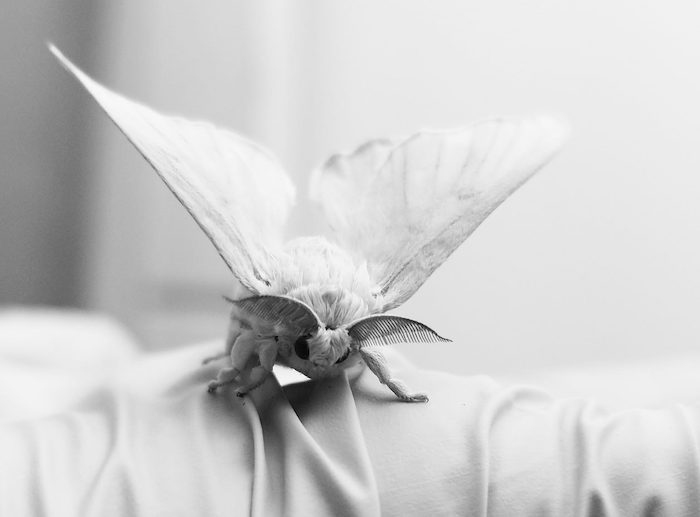New effort will clarify aging differences in males and females of many species

LAWRENCE — Researchers from the University of Kansas will join a multi-institution effort to better grasp mechanisms and evolutionary history of sex differences in aging across an array of animal species.
The research project, organized as the IISAGE Biology Integration Institute, is funded by a five-year, $12.5 million award from the National Science Foundation (of which about $1 million will come to KU).
“This project has its genesis in the observation that the average lifespan of males and females is often strikingly different, but the extent and direction of these differences varies widely among animal species,” said Jamie Walters, associate professor of ecology & evolutionary biology, who is leading the KU portion of the grant work.
“In some species, like humans and many other mammals, females live longer than males,” Walters said. “However, in many other species, like some bats, some birds and many insects, the opposite pattern is found. There are many hypothesized explanations for why such differences in aging exist, but which ones are the most common or prominent has not been resolved. This is why our IISAGE integration institute is such an exciting project – we’ll be collecting comparable data from many different animal species with the aim of finding the common mechanisms underlying sex-differences in aging.”
The KU researcher said the consortium includes experts in mice, fish, lizards, turtles, flies and moths, “as well researchers with expertise in computational biology and machine learning — statistics — who will help weave together the data collected from diverse animals into an integrated inference.”
Beyond a better scientific understanding of sex differences in aging, the project could lead to medical advances and inform society as it deals with the challenges of climate change in coming years.
“Understanding the common principles and mechanisms in sex-specific aging has notable implications not only for human health, but also for how organisms will be impacted by changing climate, including animal agriculture and the conservation of biodiversity,” Walters said.
Walters’ lab at KU integrates advanced genomic methodologies with basic organismal biology to better comprehend evolutionary processes at the molecular level. His primary role in the IISAGE Biology Integration Institute project will be to contribute data from Lepidoptera (moths and butterflies).
“This work dovetails with my long-standing interest in studying sex chromosomes, which are the foundation of one major hypothesis explaining sex differences in aging,” he said. “In many animals, it is the males who carry ‘different’ sex chromosomes — the X and Y. And often it’s also the males that age faster, suggesting there is something important about having a Y chromosome, or at least having ‘different’ sex chromosomes, that determines longevity. However, moths and butterflies have ‘reversed’ sex chromosomes, with females having ‘different’ sex chromosomes and carrying the Y. Notably, it seems often female Lepidoptera are shorter lived. But in any case, including Lepidoptera in the study allows us to separate having a Y chromosome from being male, thus separating the impact of sex chromosomes on aging from the impact of being male or female.”
The IISAGE collaboration is led by Nicole Riddle, associate professor of biology at the University of Alabama at Birmingham. She said the results of the investigation someday could benefit human health.
“There are significant variations that we see in nature with regards to lifespan and sex differences in aging,” Riddle said. “It has long been a puzzle why in some animal species the females live longer and in others, males outlive their counterparts. We don’t know why this is, and our findings will help us better understand these diverse patterns of aging, and how those could potentially be manipulated to our benefit. This understanding can impact our food supply, how we adapt to rising temperatures or even how to defy the frailty that accompanies older age altogether.”
In addition to KU and UAB, researchers involved in the IISAGE Biology Integration Institute come from sites including Michigan State University, Cornell University, Marquette University, Brown University, the University of Houston and the University of Maryland.
The new institute also will include a Research Experiences for Undergraduates program, a traveling museum exhibition and a citizen-science project tailored for K-12 school students in after-school programs.
Photo: The silkmoth (Bombyx mori) will be one moth species included in this study by the Walters lab. Credit: Andrew Mongue.